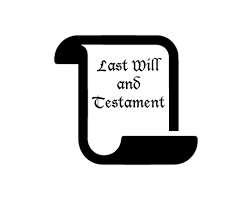Hooge Crater Cemetery, Ieper, West-Vlaanderen, Belgium
PLEASE NOTE! We are not affiliated with this cemetery. We cannot do name lookups, fix headstones, buy/sell gravesites, do graveside services, enforce cemetery rules, etc. Click on the pin in the map to get driving directions from Google Maps.
Click on the pin in the map for additional information. Click on the link within the balloon or on the pin before the Latitude and Longitude below to get directions.
Notes:
Cemetery notes and/or description:
Hooge Crater Cemetery is 4 kilometres east of Ieper town centre on the Meenseweg (N8), connecting Ieper to Menen. From Ieper town centre the Meenseweg is located via Torhoutstraat and right onto Basculestraat. Basculestraat ends at a main crossroads, directly over which begins the Meenseweg. The cemetery itself is located 3.5 kilometres along the Meenseweg on the right hand side of the road. Historical Information: Hooge Chateau and its stables were the scene of very fierce fighting throughout the First World War. On 31 October 1914, the staff of the 1st and 2nd Divisions were wiped out when the chateau was shelled; from 24 May to 3 June 1915, the chateau was defended against German attacks and in July 1915, the crater was made by a mine sprung by the 3rd Division. On 30 July, the Germans took the chateau, and on 9 August, it and the crater were regained by the 6th Division. The Germans retook Hooge on 6 June 1916 and on 31 July 1917, the 8th Division advanced 1.6 kilometres beyond it. It was lost for the last time in April 1918, but regained by the 9th (Scottish) and 29th Divisions on 28 September. Hooge Crater Cemetery was begun by the 7th Division Burial Officer early in October 1917. It contained originally 76 graves, in Rows A to D of Plot I, but was greatly increased after the Armistice when graves were brought in from smaller cemeteries in the area and from the battlefields of Zillebeke, Zantvoorde and Gheluvelt. There are now 5,922 Commonwealth servicemen of the First World War buried or commemorated in this cemetery. 3,578 of the burials are unidentified but special memorials record the names of a number of casualties either known or believed to be buried among them, or whose graves in other cemeteries were destroyed by shell fire. The cemetery was designed by Sir Edwin Lutyens.
| # | Last Name, Given Name(s) | Born | Birth Place | Died | Death Place | Buried | Person ID |
|---|---|---|---|---|---|---|---|
| 1. |  Maw, Private F. Maw, Private F. |
est 1895 | 4 Oct 1917 | 1917 | I23490 |


















